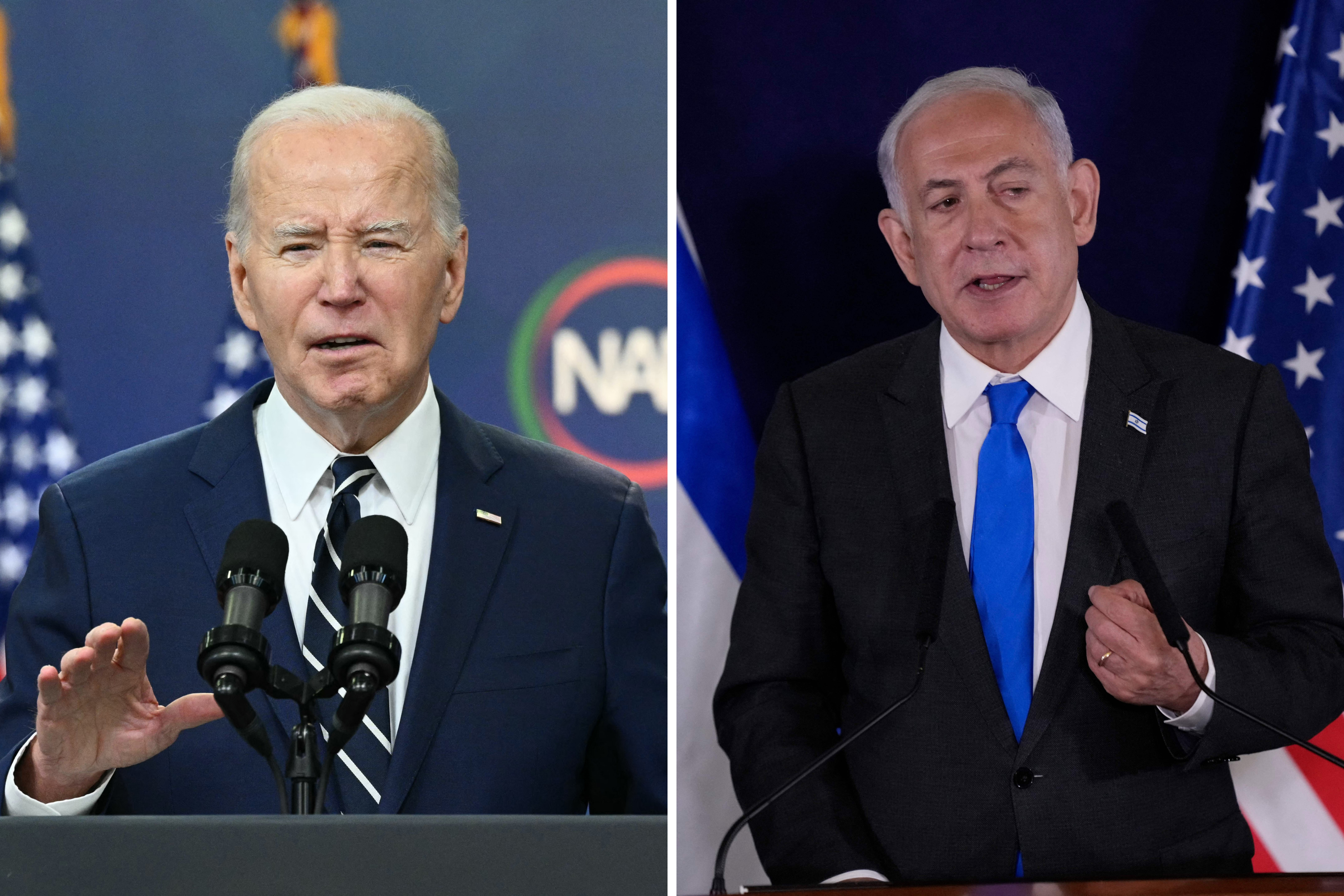I have worn a hijab for the majority of my life, until recently. I started wearing it regularly around age 12. Unlike women in countries like Iran, Saudi Arabia, and Afghanistan, I was never compelled to wear it by my family or state, as I grew up in Florida. It was my choice.
Not getting to feel the wind in my hair when I was at the beach, sweltering in the Florida sun while I played high school soccer, and constantly fielding questions and stares in public, all seemed like worthy sacrifice at the time.
I believed I was wearing the hijab because I wanted people to see me for who I was on the inside, not on the outside. I wanted to be defined by my actions, not my appearance.
I repeated these sentences to anyone who asked. And, growing up in a white conservative town, then attending college at a predominantly white institution, I was asked a lot. The words soon rolled off my tongue so easily that I never paused to ponder the gaps in my own reasoning.
Reconsidering the hijab
But over the past few years, as I ascended to positions of leadership and faced the growing responsibilities of being a Muslim woman of color heading organizations championing equity, I began wondering why it was my job to ensure people—men—did not get "distracted" by my outward appearance, while my brother felt no such obligation.
I was writing op-eds, giving speeches, and building organizations to advance the idea that no one should be treated differently or excluded from opportunities on the basis of their race, gender, or socioeconomic background. Yet, I was tacitly accepting my own relegation to sit at the back of the mosque, where I had to cover my head.
There was no specific moment that triggered this epiphany but eventually, as I was in the midst of building my third organization in four years and starting medical school at Harvard in a pandemic, I realized I could no longer accept such a fundamental disconnect.
After much reflection, re-reading of the Quran, and researching the scholarly literature on the subject, I reconsidered the rationale I had internalized for wearing the hijab.
This rationale seemed, to me, to be that women are sexually attractive to men and therefore, to avoid unwanted sexual attraction or advances, women should cover up, sit separate from and usually behind men, and never ascend to a position of leadership within their congregation. When spelled out loud, I believe it sounds absurdly and transparently sexist, especially to a 21st century American ear.

Yet American Muslims' views on the hijab fall on a spectrum. While I have come to understand the hijab as a consequence of patriarchal interpretations of sacred texts, many Muslim women view it as an expression of religious identity and freedom from hyper-sexualization.
Nearly 4 in 10 American Muslim women do not wear the hijab, according to a 2017 study by Pew Research, and among college graduates that number jumps to 58 percent. Yet, American mosques fail to recognize this diversity of perspectives, since the hijab is compulsory for women who enter.
Why I stopped wearing the hijab
Today, I no longer wear the hijab—a decision I discovered, to my great joy, that my immediate family and closest friends support. The day I stopped wearing it, I felt the relief of finally reconciling my beliefs with my actions. But it was not just about taking off a piece of cloth.
Committing to never putting it back on is a daily reminder that I know my worth and I will no longer accept being treated differently because of my gender.
For many months, I hesitated sharing my story, fearing I would be misunderstood. But after seeing the courage of the women—and men—in Iran who have put their lives on the line to challenge an extremist regime that has appropriated religion to repress women, I feel compelled to call out what I now see as injustice.

I consider myself fortunate to live in a country where I can critique institutions without the threat of state violence. Muslims, men and women alike, rely on American constitutional rights of free expression and equal protection to practice their religion freely outside the mosque—to take time off from work for prayer or religious holidays, to grow a beard in the military, or to wear a hijab in the workplace.
Yet, inside the mosque, there continues to be limits on women's autonomy: we must sit at the back of the mosque and wear a hijab, and we cannot lead a congregation as an imam.
I believe the American Muslim community has resisted this reckoning for far too long, perhaps out of fear that it will grant ammunition to the detractors and Islamophobes who have long been maligning the Muslim community as backwards and "un-American."
Yet, as we see in the aftermath of the overturning of Roe v. Wade, there is little that is more American than the enduring fight over women and their bodily autonomy. In the same vein, I believe there is nothing more "lslamic" than standing up for what is just.
Inam Sakinah is an MD-MBA candidate at Harvard. She holds a Master of Public Health from Emory University.
All views expressed in this article are the author's own.
Uncommon Knowledge
Newsweek is committed to challenging conventional wisdom and finding connections in the search for common ground.
Newsweek is committed to challenging conventional wisdom and finding connections in the search for common ground.
About the writer
To read how Newsweek uses AI as a newsroom tool, Click here.






